
Indian health insurance programs such as PMJAY and State Health Insurance Programmes (SHIPs) have expanded very fast in the past ten years but have serious limitations in their approach to universal health care (UHC). The drive towards UHC by insurance does not solve fundamental systemic problems that include a profit-based healthcare model, inadequate coverage, and the inaccessibility of good primary and outpatient care. In addition, insurance plans as such are a relief, but they are fraught with issues such as low reimbursement rates, payment delays, and discrimination of the insured and uninsured patients. Another issue is an increasing concern over inappropriate use of funds and corruption in the insurance system. Health insurance is not an alternative to an all-inclusive UHC that demands expanded access to public health, non-profit care, and a re-investment in primary healthcare.
Key Points
Increase in Health Insurance:
-
PMJAY and SHIPs have increased significantly, benefitting millions of individuals, and together they constitute a budget of about 28,000 crore in 2023-24.
-
These plans mainly provide inpatient services in both State and private hospitals but do not provide wide scope or emphasis to preventive and primary care.
Challenges with Insurance:
-
Insurance schemes are compromised by the profit motive of the private healthcare providers. The system is controlled by private hospitals; particularly, this has increased healthcare expenses and disparity in treatment.
-
Health insurance plans contribute to the increase in hospitalisation-based care at the expense of the necessary investment in outpatient and primary care, which may prevent unnecessary hospital admission.
Problems of Utilisation and Awareness:
-
Although the coverage rates are high, not all beneficiaries use their insurance because they are not aware of its existence and there is a complicated procedure.
-
Insured patients used their insurance only 35% in 2022-23 and are not even aware of how to make use of the schemes.
Favoritism and Time Wasting:
-
Privacy hospitals usually charge higher amount of money to uninsured patients and both the public and the private sector have a discriminatory attitude towards insured patients.
-
Late payment and shortage of funds have led to the suspension of services under PMJAY in many hospitals, and the amount of outstanding payment is substantial.
Corruption and Abuse:
-
The health insurance programs are subject to fraud and corruption. Cases of qualified patients being left without treatment, cases of private providers treating insured patients, and cases of unnecessary procedures being done are not uncommon.
-
These abuses have been hard to stop due to the lack of transparency and poor monitoring systems.
Conclusion
Although schemes such as PMJAY and SHIPs offer temporary benefits to a few Indian citizens, they cannot be a permanent solution to Universal Health Care (UHC) in India. The healthcare system in the country is still profit based, relies much on the services of the private hospitals and is also not focused on preventive and primary care.



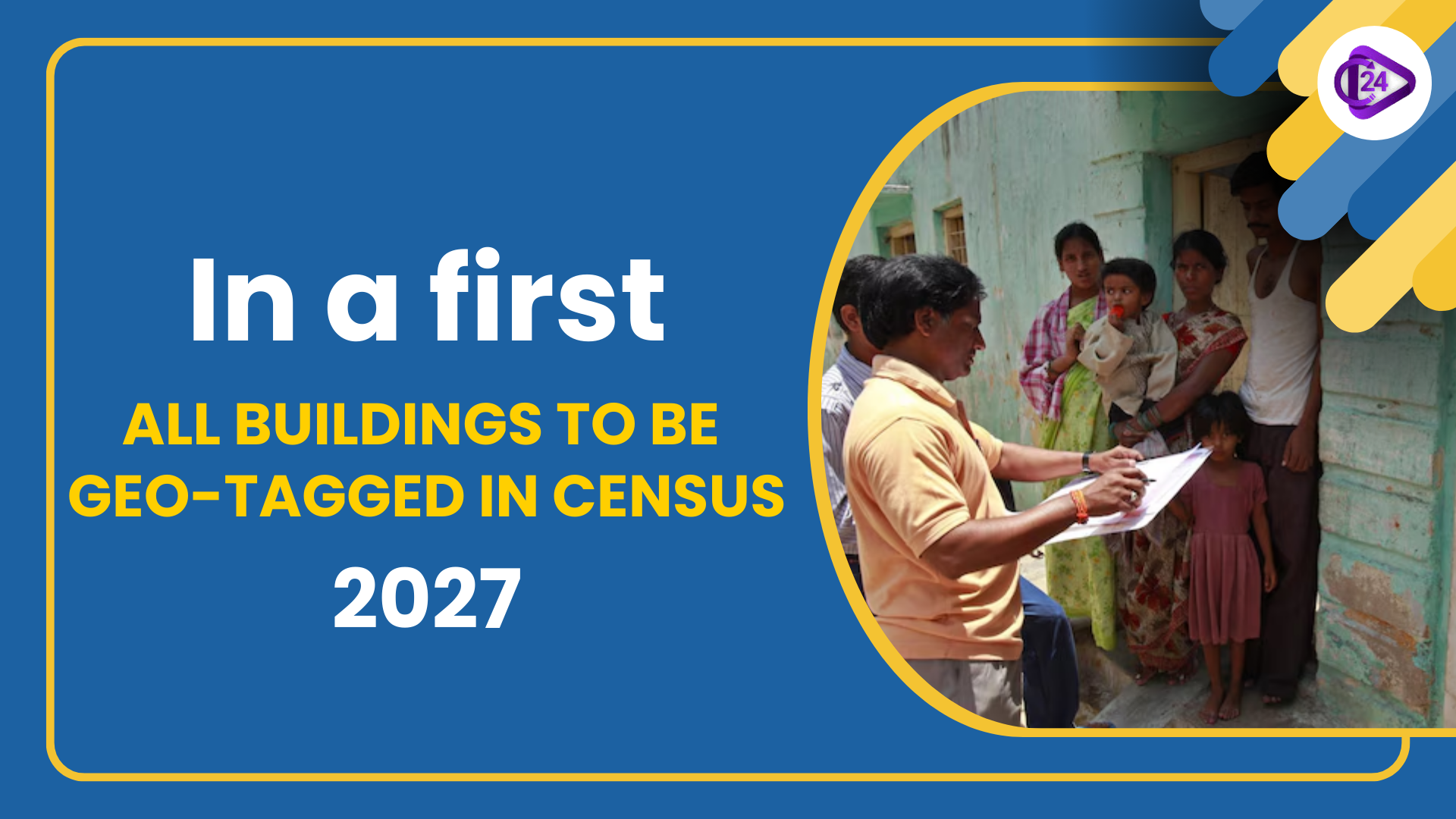 Census 2027: First Digital Census with Geo-Tagged Buildings
Census 2027: First Digital Census with Geo-Tagged Buildings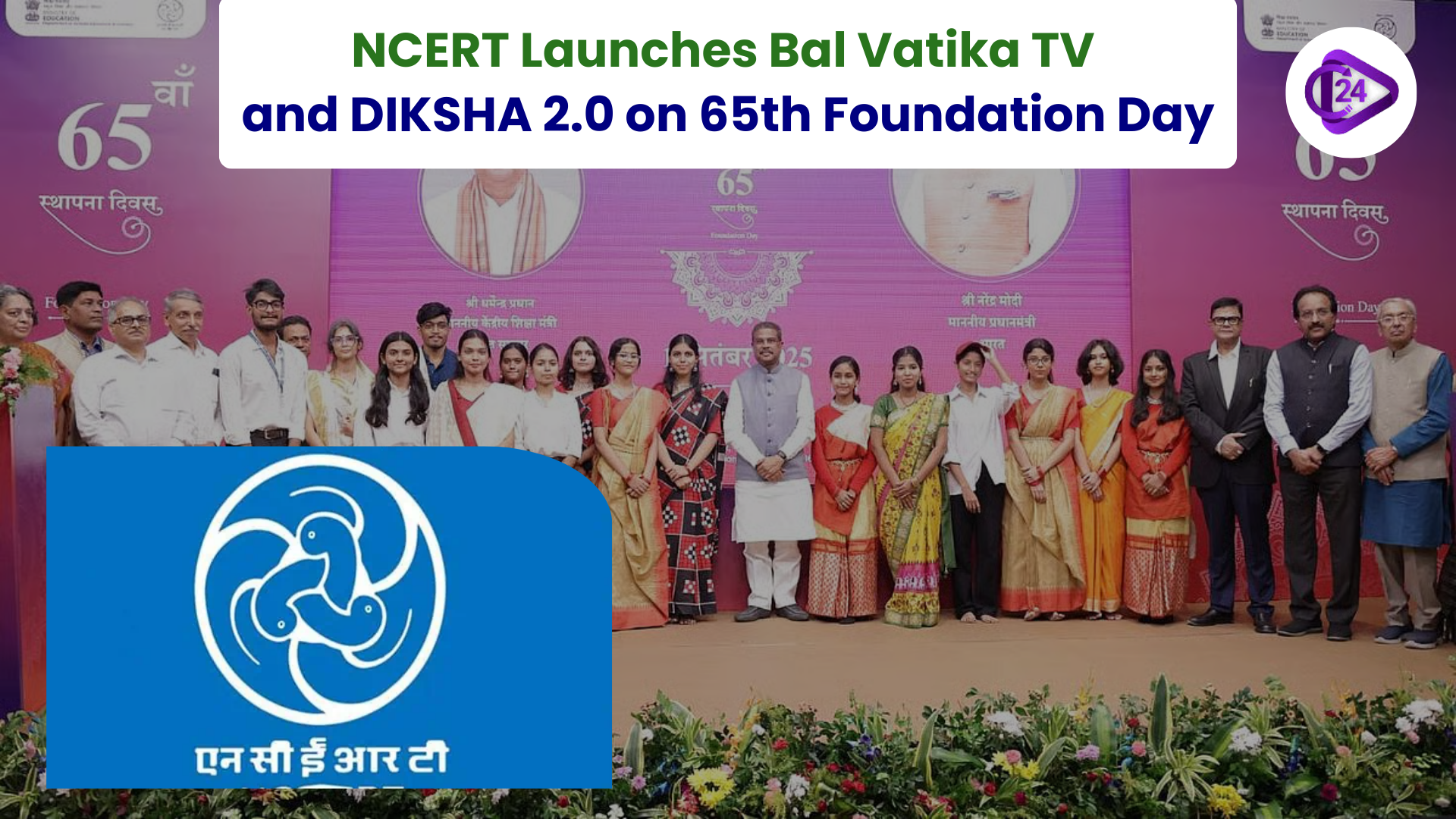 NCERT Launches Bal Vatika TV and DIKSHA 2.0 on 65th Foundation Day
NCERT Launches Bal Vatika TV and DIKSHA 2.0 on 65th Foundation Day Educate Girls Wins Ramon Magsaysay Award 2025
Educate Girls Wins Ramon Magsaysay Award 2025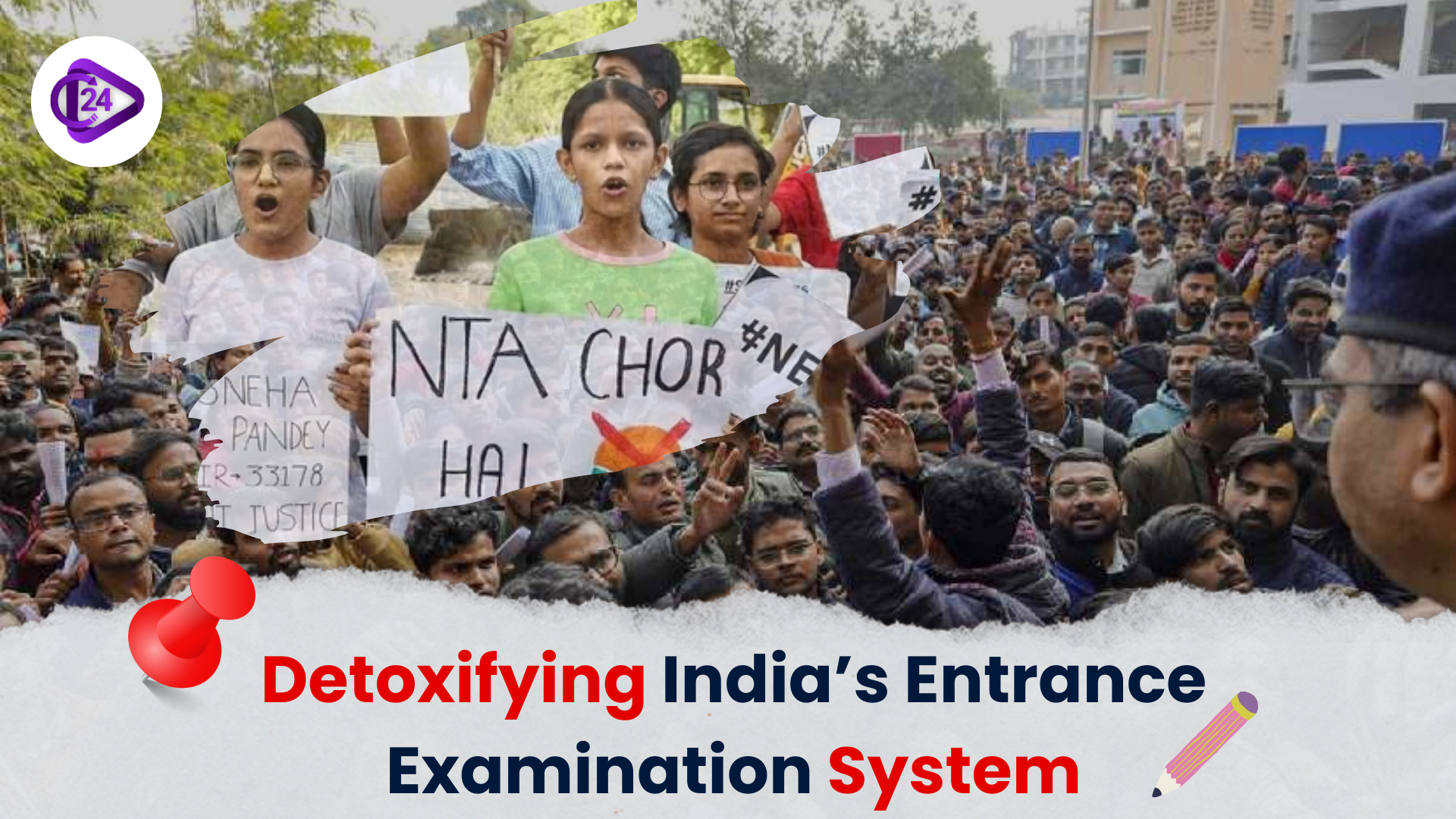 Reforming India’s Entrance Exams: Towards Equity and Student Well-being
Reforming India’s Entrance Exams: Towards Equity and Student Well-being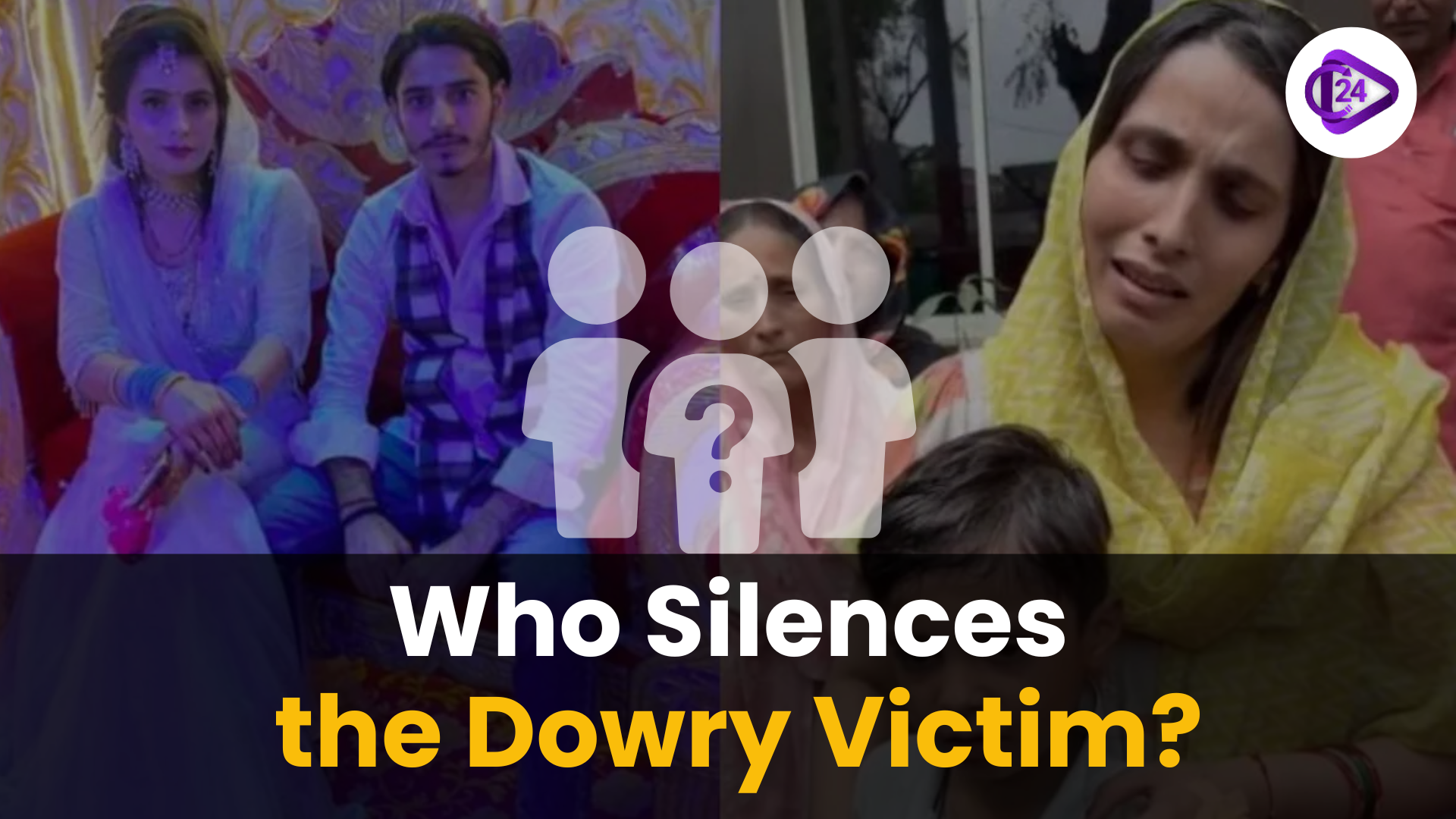 Dowry Deaths in India: Nikki Bhati Case Exposes Systemic Silence
Dowry Deaths in India: Nikki Bhati Case Exposes Systemic Silence J&K: Annual Mela Patt Festival Begins in Bhaderwah
J&K: Annual Mela Patt Festival Begins in Bhaderwah Prime Minister Extends Warm Greetings on Nuakhai Festival
Prime Minister Extends Warm Greetings on Nuakhai Festival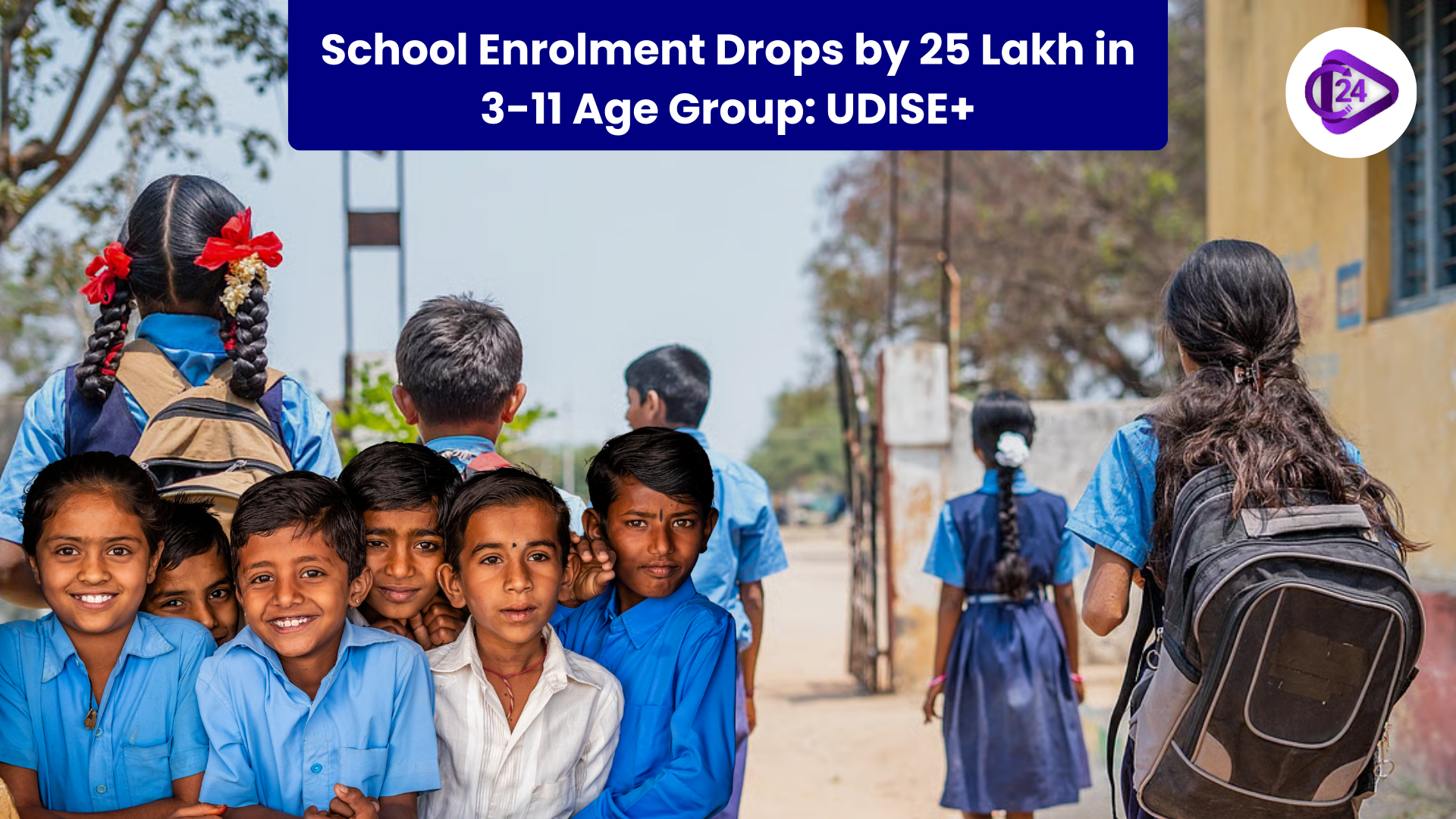 School Enrolment in 3-11 Age Group Drops by 25 Lakh: UDISE+ Report
School Enrolment in 3-11 Age Group Drops by 25 Lakh: UDISE+ Report Punjab and Haryana HC Grants Bail to Bangladeshi Woman: Application of Article 21 for Foreign Nation
Punjab and Haryana HC Grants Bail to Bangladeshi Woman: Application of Article 21 for Foreign Nation






